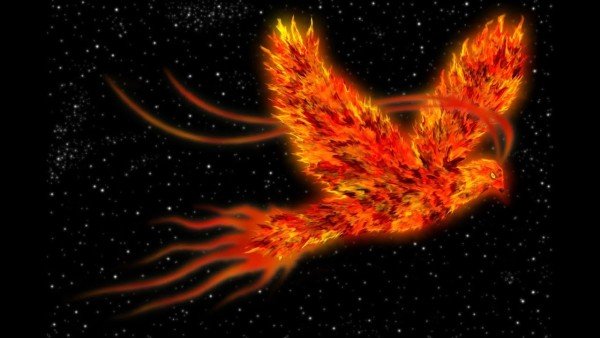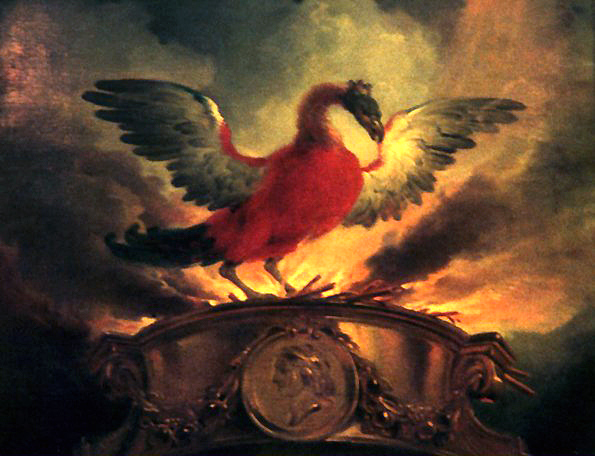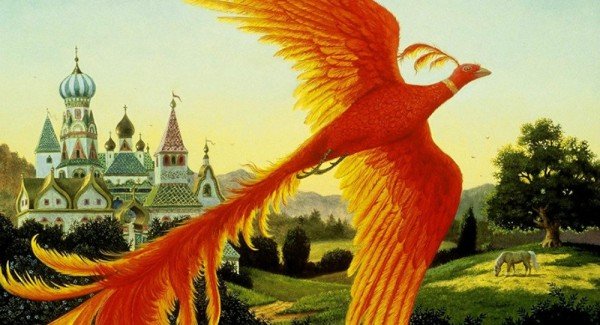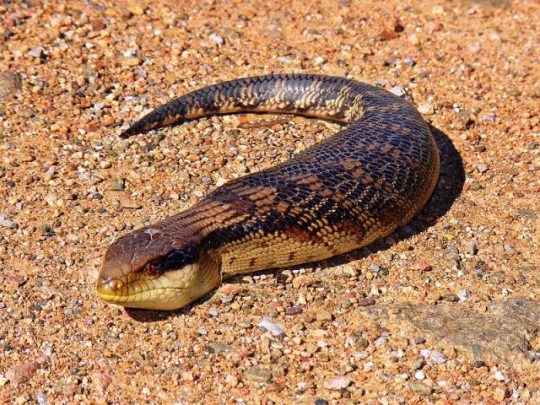Very few mythical creatures are considered as majestic and grand as the immortal Phoenix Bird.
In fact, the Phoenix Bird has impacted cultures, religions, and civilizations across the world and time.
This article will look at the various ways in which the Phoenix Bird has been portrayed, along with the facts and myths surrounding this majestic creature.

Page Contents
- 1 What Is A Phoenix Bird?
- 2 What Does Phoenix Bird Symbolize?
- 3 Greek Mythology – The Phoenix:
- 4 Egyptian Mythology – Bennu:
- 5 Jewish Mythology – Milcham:
- 6 Hindu Mythology – Garuda:
- 7 Native American Mythology – Thunderbird:
- 8 Slavic Mythology – Firebird:
- 9 Japanese Mythology – Ho-Oo (Hou-Ou):
- 10 Chinese Mythology – Feng Huang:
- 11 Christianity And The Phoenix Bird:
- 12 Popular Books With The Phoenix Bird:
- 13 Conclusion:
What Is A Phoenix Bird?
According to ancient mythology, the Phoenix Bird is an immortal bird that is reborn from its ashes.
In fact, the most prevalent symbolism of this creature is its connection with the sun, which is still used today.
In addition, a Phoenix Bird is said to live for hundreds of years with some references for it living for 500. Others claim it lives for 700 years before it bursts into flames, turns to ash, and is reborn.
As far as its shape, there are several different depictions, with the most prominent one being a mix of an eagle and peacock. It’s also radiant and shimmering in purples, reds, and yellows with blue sapphire-like eyes.
Before its death and subsequent rebirth, the Phoenix builds its own nest and funeral pyre, which it ignites with a single clap of its wings.
What Does Phoenix Bird Symbolize?
Several symbolizations are associated with the Phoenix Bird. However, most of these themes are associated with resurrection and renewal.
The most well-known ones include:
- The sun
- Time
- The empire
- Metempsychosis
- Consecration
- Resurrection
- Life in the heavenly paradise
- Christ
- The exceptional man
Along with the usual tale of it coming back to life through its ashes, there are also other versions too.
In this book, it’s mentioned that after it turns to ash, a new Phoenix will arise.
This Phoenix will be young and powerful that will embalm the remaining ashes into an egg of myrrh that it transports to the altar of the Sun God in the city of the Sun, Heliopolis.
Greek Mythology – The Phoenix:
The Greek version of the Phoenix is the most commonly heard of. However, because of their many similarities, some have wondered if it was ancient Egypt that was the origin of the Phoenix.
Even so, it’s the Greek mythology that is credited with the story of the Phoenix. This is the majestic bird that goes through rebirth from its ashes.

Egyptian Mythology – Bennu:
Bennu is the Egyptian deity that looked similar to a heron with similar features and traits to the Greek Phoenix but goes through rebirth every 500 years.
It’s also suggested that Bennu was the symbol of the god Osiris. Bennu also lived on top of obelisks and worshiped like a god by ancient Egyptians.
In Egypt, it was also considered to symbolize wealth and the fertility of the land, making it an essential part of their culture.

Jewish Mythology – Milcham:
Jewish mythology has Milcham, who was one of the creatures that lived in the Garden of Eden.
The story states that when Eve succumbed to the temptations of the fruit, she also offered it to the animals in the Garden.
However, Milcham was among the creatures that refused to consume the fruit. So, to reward the bird’s faithfulness, God made it immune to the touch of the Angel of Death and gave it a town to live for eternity.
It’s also said that the rebirth cycle only appeared every 1000 years for the Milcham.

Hindu Mythology – Garuda:
The Hindu mythology also has its version of the Phoenix Bird called the Garuda.
Depicted in the scriptures is a giant bird that’s considered to be the King of all Birds. Garuda is also said to be the mount of the god Vishnu and similarly shaped to an eagle.
In addition, the Hindu Phoenix Bird is also known as the protector against evil, possibly symbolizing its association with the sun.

Native American Mythology – Thunderbird:
The Phoenix Bird is also known as the Thunderbird in Native American Mythology.
Like other versions of the Phoenix, this is also said to be a giant bird. It is also said to protect against evil and the evil serpent figure from the Native American Mythology.

Slavic Mythology – Firebird:
In Slavic mythology, the Phoenix Bird is known as the Firebird. This version has a well-known body of fire and is the ultimate sign of masculinity.
However, there are a few differences between the Firebird and the other Phoenix Bird depictions. The Firebird turns to ask every fall and is reborn in the spring every year. It’s also seen as a giant falcon instead of an eagle or a peacock.

Japanese Mythology – Ho-Oo (Hou-Ou):
Japanese mythology has Phoenix Bird being known as Ho-Oo and was introduced in the mid-6th century AD.
It stays in its celestial home and only comes down to earth when a virtuous ruler is born or a new era is coming into being.
It symbolizes the Empress, Justice, Fidelity, Obedience, Justice, and the Sun.

Chinese Mythology – Feng Huang:
The Feng Huang is the Chinese depiction of the Phoenix Bird and represents the perfect synergy between yin and yang.
It symbolizes power, prosperity, grace, and virtue. But unlike other depictions, this version only eats dewdrops and is a gentle creature that causes no harm.
The Feng Huang is said to have:
- The beak of a rooster
- The face of a swallow
- Breast of a goose
- The neck of a snake
- Back of a tortoise
- The backside of a stag
- The tail of a fish
It’s so prominent in the Chinese culture that it’s found on homes, jewelry, clothes, as well as tomes and graves.

Christianity And The Phoenix Bird:
The Phoenix Bird is a powerful symbol of resurrection and rebirth. So, it was adopted as an analogy of Christ’s death and resurrection three days later.
Therefore, many tombstones from the time have an engraving of the Phoenix.
Popular Books With The Phoenix Bird:
- Harry Potter by JK Rowling wrote the Phoenix as being Dumbledore’s faithful partner that can burst into flame and is reborn via its ashes.
- Hans Christian Anderson also wrote ‘The Phoenix Bird’ which was born under the tree of good and evil from a blossomed rose in the Garden of Eden.
- The Bible calls the Phoenix Bird as a Hol in Job 29:18, “I shall multiply my days as the Hol, the Phoenix.”
Conclusion:
There are some differences between the versions of the Phoenix from the different cultures, mythologies. Even so, the major of the attributes and traits of the noble Phoenix can be found to have transcended time, just like the immortal bird that rules the skies.
Therefore, while it may be difficult to prove the existence of the Phoenix, the evidence makes it impossible to disprove the existence of the Phoenix Bird.












